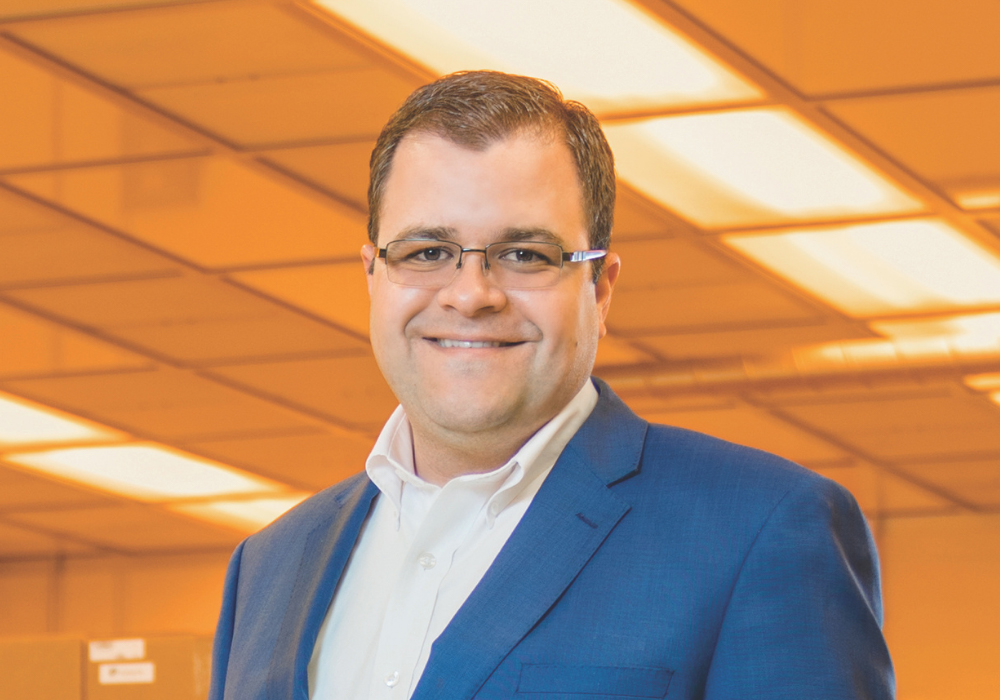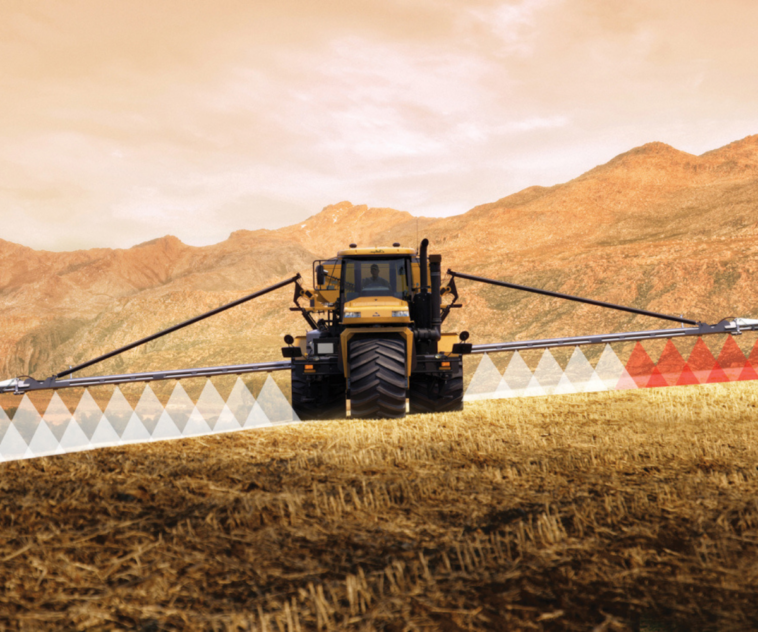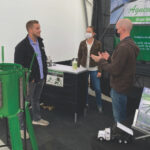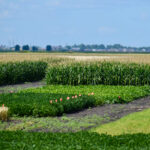By Joe Heilman, Intelligent Ag
The modern grower is facing more challenges today than the previous generation could even imagine. Smart weeds, advanced seed genetics, social pressure, increasing regulation, advancing equipment, usage restrictions, etc. On top of all that, everyone tells us to produce more food, more affordably, but use fewer chemicals, fertilizer, water and land. What the heck!? How did we get here?
One-hundred-fifty years ago, it is estimated that the majority of the U.S. workforce (about 60 percent, according to the Visual Capitalist) was involved in the agriculture industry.
Think of that for a minute. It was more common to work on or around a farm or ranch than anything else. Today, it is the exact opposite. The estimates today are that less than three percent of the workforce is involved in agriculture. In less than two generations, North America has, by and large, moved off the farm to do something else. This has been made possible by enormous improvements in mechanization and the general use of technology leading to an explosion of productivity gains.
Meanwhile, over the same 150 years, the world population has gone from around 1.3 billion people to now almost 8 billion people. Those people want to eat! One would think they would be highly supportive of the ag industry since we’re the ones feeding them. Unfortunately, it seems like people have only gotten more critical of how their food is produced. It’s true, but in my opinion, it’s not their fault. It’s an unfortunate evolution of modernization and productivity.
As the populace has moved off the farm and into the cities, the connection to the farm has been lost and thus people have become clueless about how food is produced. It reminds me of this quote from an unknown source, “What we don’t understand, we fear. What we fear, we judge as evil. What we judge as evil, we attempt to control. And what we cannot control … we attack.”
With only three percent of the workforce involved in agriculture, the opportunity for someone to have even a remote connection to a farm is very small. So, it’s no wonder there seem to be more attacks on the industry or attempts to control it.
There are demands for more food traceability, strict record- keeping and usage restrictions on critical inputs like fertilizer, herbicides/pesticides/fungicides, water, land … the list goes on and on. How can we keep up? Well, to be honest, we probably can’t stop the trend. But, we CAN adapt and hopefully slow down some of those changes and protect our way of life a bit better.
So, how do growers and others in the ag industry PROVE to society that we’re doing a good job and producing a good product? There are a couple of things that come to my mind:
- Help tell the story of farming
- Use technology to up our game and show the results
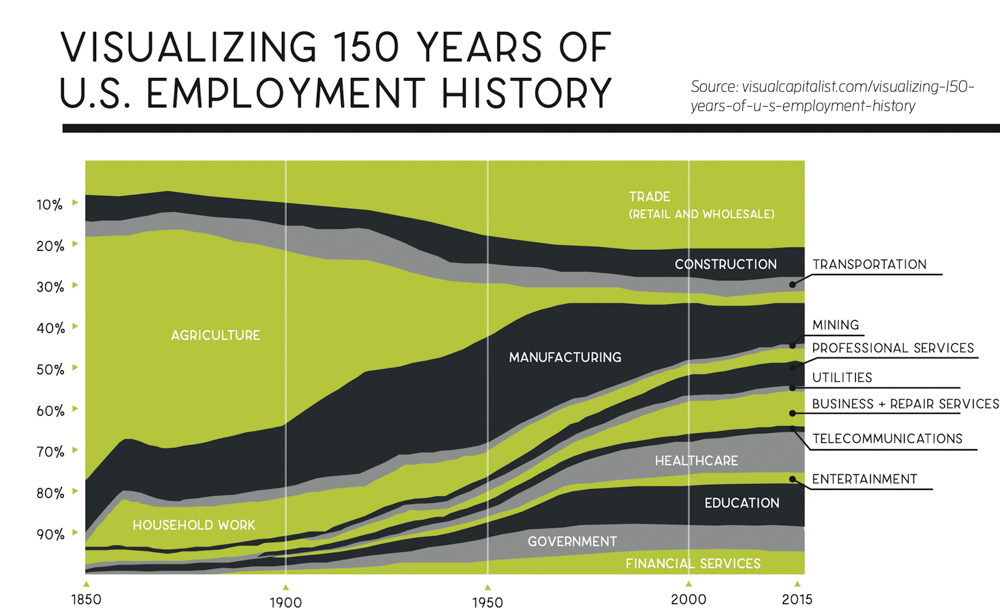
A Changing Workforce
Over time, the job landscape tends to shift dramatically for almost any economy.
In the above graph, we show the share of U.S. employment provided by each sector between the years of 1850 and 2015.
How will AI and automation shape the future of employment:
Agriculture’s share of U.S. employment was close to 60% in 1850, but today it represents just 3% of jobs.
While these declines seem significant and fast, in recent years China has seen an even more stunning change: between 1900-2015, a full 1/3 of China’s workforce moved out of the agriculture sector.
Manufacturing represented 26% of U.S. employment in 1960, but it is below 10% today.
Help Tell The Story of Farming
I have been struck by the recent explosion of YouTube farm channels (and other social media outlets). Some of the popular channels I follow are Millennial Farmer, Welker Farms, Larson Farms, Fast Ag Montana, Mike Mitchell, Brian’s Farming Videos, Cole the Cornstar and This Farm Wife – Meredith Bernard.
Collectively, this group is attracting hundreds of millions of video views around the world. What’s unique about these channels is that they’re generally family-friendly and wholesome content. It’s real people doing real work. It helps put a face on agriculture. Once you can put a face on something, it’s much harder to attack.
Just look at some of the comments on the videos on these channels. You’ll see people commenting on how cool it is or saying, “I had no idea it was done that way.” Never before has the industry had such a platform to share the story of farming. We need to use the platform wisely and consider it a gift to our way of life. No, I’m not suggesting that everyone get a selfie stick and start vlogging their daily lives. But, we can support those who do and try to help share the story.
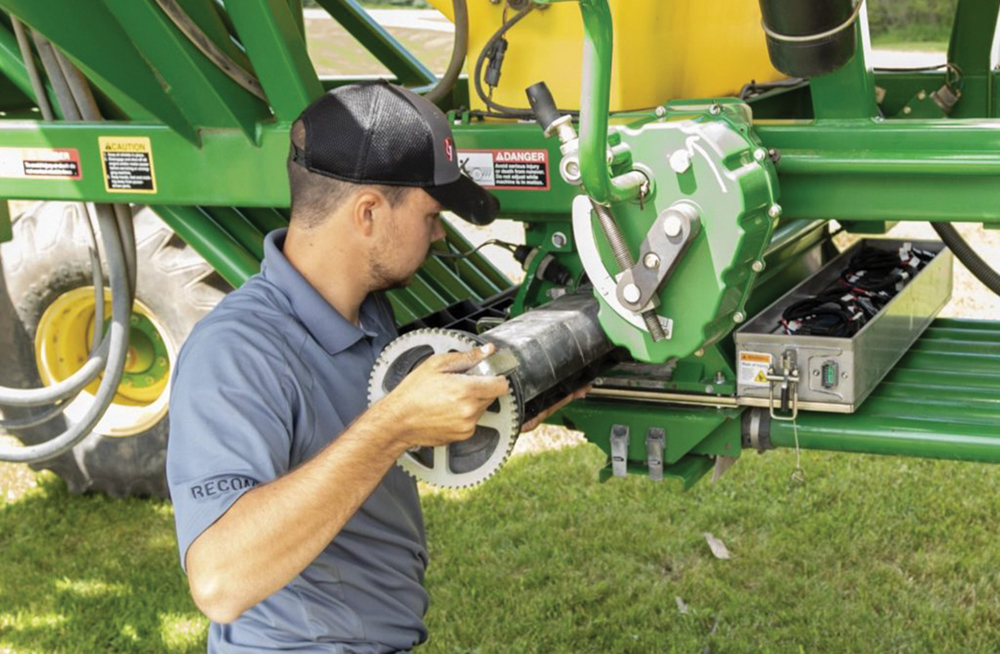
Use Technology to Up Our Game and Show the Results
Today, we’re blessed by a host of technologies to solve problems. While there is a LOT of talk about how to use farm data to make better agronomic decisions to boost yields or reduce inputs, I think there is a more important use of that information. If the general populace had any idea how much technology is used to ensure we’re not abusing land and only giving the plant what it needs, I think they would be shocked. There are reasons we apply a certain amount of fertilizer or use a certain chemical, but the public really has no idea. So, we need to prove it.
Here are some examples of concerns a consumer might have and how we can answer:
“I’m concerned that you’re using too much fertilizer and it’s having other consequences on the environment.”
Well, here’s a technology I’m using that helps prevent overapplication and overlap in the field, here’s my application map to prove it and my soil tests to show you how much of that fertilizer my soil can absorb.
“I’m concerned you’re just spraying too much chemical and it’s going places it doesn’t belong.”
Well, here’s a technology I’m using that helps monitor my sprayer’s performance in the field. It logs the weather conditions and all the other factors I need to consider to make sure I can spray safely. It also tells me if my application has any problems or if my droplets are at risk of going somewhere they shouldn’t. Here’s my application map that proves I sprayed every acre according to the EPA’s approved usage guidelines.
These are only a couple of examples, but hopefully, you can start to grasp how we need to use all this information we’re generating to help inform the public and policy-makers that we do a pretty darn good job of safely producing a high- quality product.
Are there ways to improve the job we’re doing? Absolutely! I’ve never met a farmer or machine operator who doesn’t want to do a better job! In the past, growers and other operators have waited for the main equipment manufacturers to bring them the technologies that enable this functionality. While the manufacturers do implement these technologies and usually do a pretty good job, it usually takes a lot longer to get to the market and it’s usually only available on brand new machinery. So not only is it slow to market, but it’s also expensive to adopt. Slow and expensive is not a good recipe for mass adoption and doesn’t lend itself well to fast-changing public pressures.
That’s where smaller, more nimble technology companies can play a major role. We can help change the mindset of the industry, prove the value of certain solutions and drive industry-wide adoption. Our company, Intelligent Ag in Fargo, has done just that with our retrofittable Recon monitoring solutions and Engage section control upgrades for air seeders and fertilizer floaters.
With our Recon monitoring products, air seeder and fertilizer floater operators can monitor the flow of material to the ground. This helps ensure the accurate and proper application of seed and fertilizer and alerts the users to problems that may be occurring with the machine. This makes the best use of land and ensures the right product is getting applied to the right place in the field.
With our Engage section control upgrades for select air seeders and fertilizer floaters, we take it a step further by preventing the overapplication of product in the field caused by implement overlap. Invariably, because these machines are very large, a field must be overlapped in some areas to fully cover the field (usually for to 15 percent of the total acres or more). Overapplied seed can create more disease pressure, crop lodging problems and reduce yields. Overapplied fertilizer can cause the same issues and even run off into the water supply because the soil cannot absorb it. By upgrading the section control capabilities of these machines, we can help prevent much of that overlap, which not only saves the money of overapplying products but also reduces the risk of the other issues I described earlier.
So, in closing, it is possible to upgrade current equipment to do a better job and it is getting easier to tell the story of how food is being made. Will you participate in helping to shape the dialogue? The choice is yours!
I would love to keep the dialogue going! Reach out to me at [email protected] or get in touch with The Grand Farm to keep the conversation moving forward.
